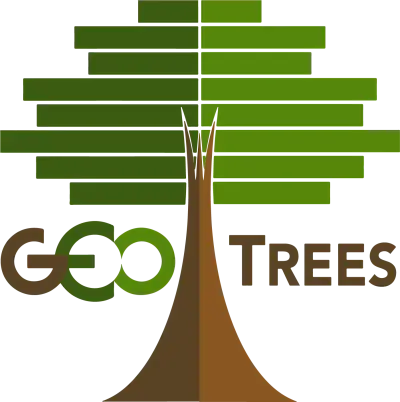The Challenge
In the context of the climate crisis, reducing our emissions must go hand in hand with strong carbon offsetting. One strategy for achieving this is to study the carbon and the biomass in forests. Today, there is no shortage of very impressive maps based on biomass products derived from Earth observation. But these maps strongly need to be validated by high-quality field data.
The Solution
Some efforts have been put together by the CEOS community since 2018, by creating a global Forest Biomass System as an equitable and sustainably-funded system of recurrent site-based measurements that will serve as a lasting interface between the Earth Observation (EO) agencies and ground-based tree-by-tree measurement initiatives. This infrastructure is designed to become a common good for the entire EO community. From this context, the GEO-TREES initiative will be the world's first ground-based, open-access, equitably developed, forest biomass reference system designed to make global satellite-based forest carbon assessments actionable.


